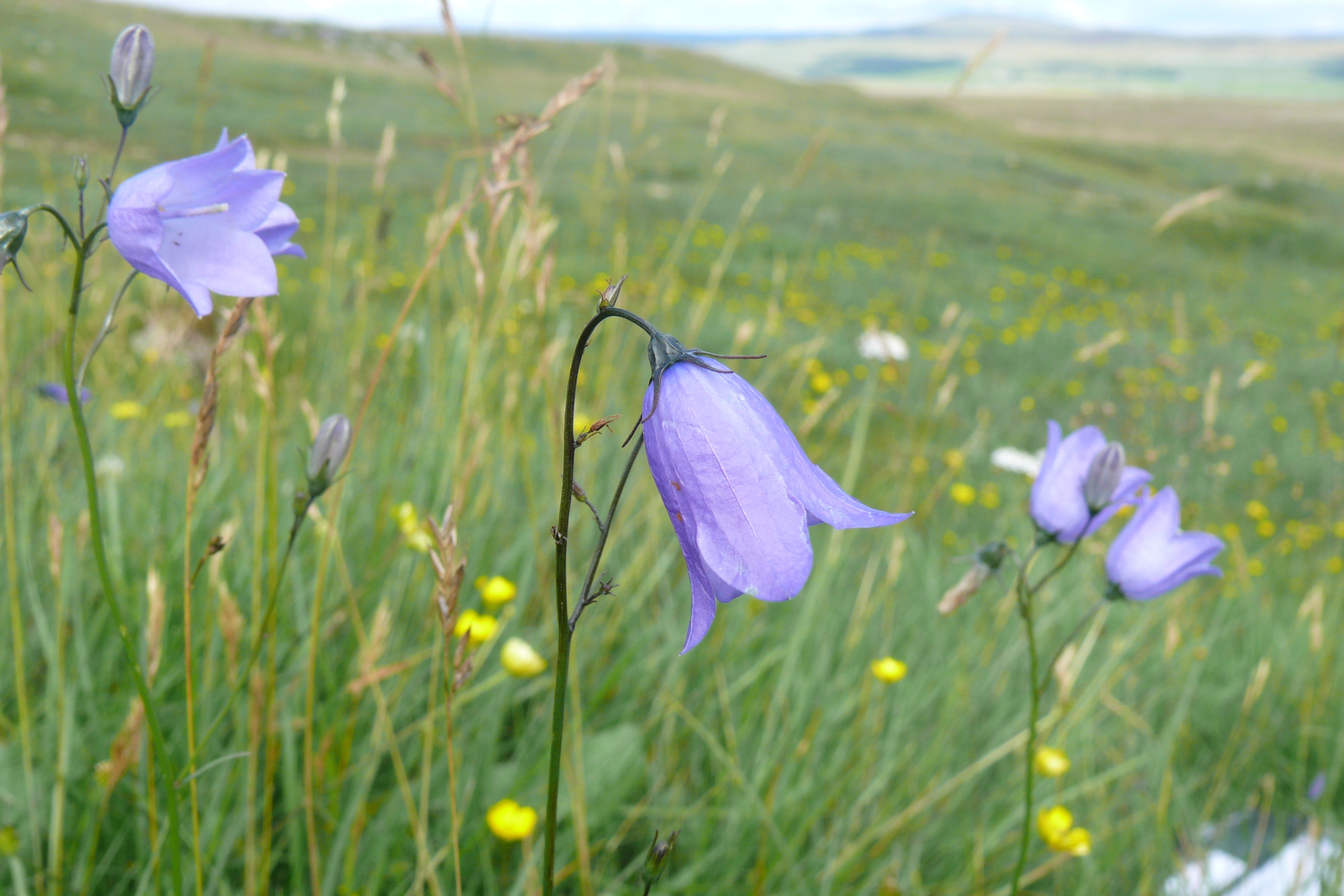More than half of Britain and Ireland’s native plants in decline – report
A new 20-year research project has catalogued changes in British and Irish flora since the mid-20th century.

Your support helps us to tell the story
From reproductive rights to climate change to Big Tech, The Independent is on the ground when the story is developing. Whether it's investigating the financials of Elon Musk's pro-Trump PAC or producing our latest documentary, 'The A Word', which shines a light on the American women fighting for reproductive rights, we know how important it is to parse out the facts from the messaging.
At such a critical moment in US history, we need reporters on the ground. Your donation allows us to keep sending journalists to speak to both sides of the story.
The Independent is trusted by Americans across the entire political spectrum. And unlike many other quality news outlets, we choose not to lock Americans out of our reporting and analysis with paywalls. We believe quality journalism should be available to everyone, paid for by those who can afford it.
Your support makes all the difference.More than half of Britain and Ireland’s native plants have declined since the 1950s because of agriculture, climate change and non-native invasive species, a new report has found.
The 20-year research project, titled Plant Atlas 2020 and published by the Botanical Society of Britain and Ireland (BSBI), also found that non-native plant species now outnumber native ones.
While climate change has helped some species to spread north, such as the bee orchid, it is forcing mountain plants like the snow pearlwort to retreat.
The loss of natural habitats due to modern farming methods over the last 70 years has been an unmitigated disaster for wildflowers and all the species that depend on them including insects, bats and birds
The entire British population of this species now lives only on the snow-capped peaks of Ben Lawers in the Scottish Highlands.
Changes in agriculture since the 1950s have negatively impacted other habitats on which wild plants depend, the report said.
Nitrogen enrichment, habitat degradation and changes in grazing pressure have led to the decline of species such as heather and harebell, while damp meadows being drained have caused a substantial decline in Devil’s-bit scabious.
The researchers also said that 62% of Britain’s ancient arable wildflowers such as corn marigold have declined because traditional grasslands have been reseeded or over-fertilised.
Peatland habitats, which act as important stores of carbon, are being impacted by species such as Sitka spruce – a North American conifer that has spread from commercial plantations to peaty soils and is reducing their ability to store carbon.
Sitka spruce has spread further than any other species recorded in the project and the botanists said it will have to be carefully managed to protect peatland habitats and carbon stores.
Dr Kevin Walker, BSBI head of science and Plant Atlas 2020 co-author, said: “There are lots we can do to reverse these declines, but the most important are to increase the protection plants receive, extend the habitat available to them, and place their needs at the very heart of nature conservation.
“We also need to ensure that our land, water and soil are managed more sustainably so that plants, and the species which rely upon them for food and shelter, can thrive.”
Plant Atlas 2020 is the most in-depth survey of British and Irish flora ever undertaken, BSBI said.
It contains 30 million plant records of 3,445 species collected by almost 9,000 botanists and builds on two previous surveys conducted during the 20th century.
In total, 53% of Britain’s native plants are in decline, with nine species lost since 1930 and a further 10 species known to have been lost before then.
Across the Irish Sea, botanists found that 56% of Ireland’s native species have declined in range and abundance or both.
Native grassland plants have suffered the most but many lake or wetland plants have also declined, with farming and forestry destroying many habitats on which wild Irish plants depend, the report said.
Craig Bennett, chief executive of The Wildlife Trusts, said: “The decline of our beautiful native plants is heart-breaking and has consequences for us all.
“The loss of natural habitats due to modern farming methods over the last 70 years has been an unmitigated disaster for wildflowers and all the species that depend on them including insects, bats and birds. But it’s not too late to stop this catastrophe.
“The Government’s new farm environment schemes must do what was originally promised and reverse the decline of nature in our agricultural landscape.
It’s in all our interests to ensure sustainable, climate friendly British farming in the future, with farmers producing food alongside their work in maintaining and protecting the environment
“Also, protection for Local Wildlife Sites needs to be increased, and the promise made by the Government at the recent UN biodiversity summit to halve nutrient pollution by 2030 must be honoured.”
The National Farmers’ Union (NFU) environment forum chair Richard Bramley said: “Our farmers are committed to enhancing and improving our landscapes and working to benefit our soil, watercourses and wildlife in a rapidly changing world with huge external pressures.
“In recent decades, farmers have made huge improvements in several areas that this report highlights. For example, more than 10,000 football pitches of habitat have been planted to benefit wildlife such as pollinators.
“British farmers are committed to delivering net-zero agriculture by 2040, and the NFU remains committed to working with Defra (Department for Environment, Food and Rural Affairs) to improve its Environmental Land Management offer so the schemes can deliver the statutory environmental targets Government ministers recently agreed.
“It’s in all our interests to ensure sustainable, climate friendly British farming in the future, with farmers producing food alongside their work in maintaining and protecting the environment.”